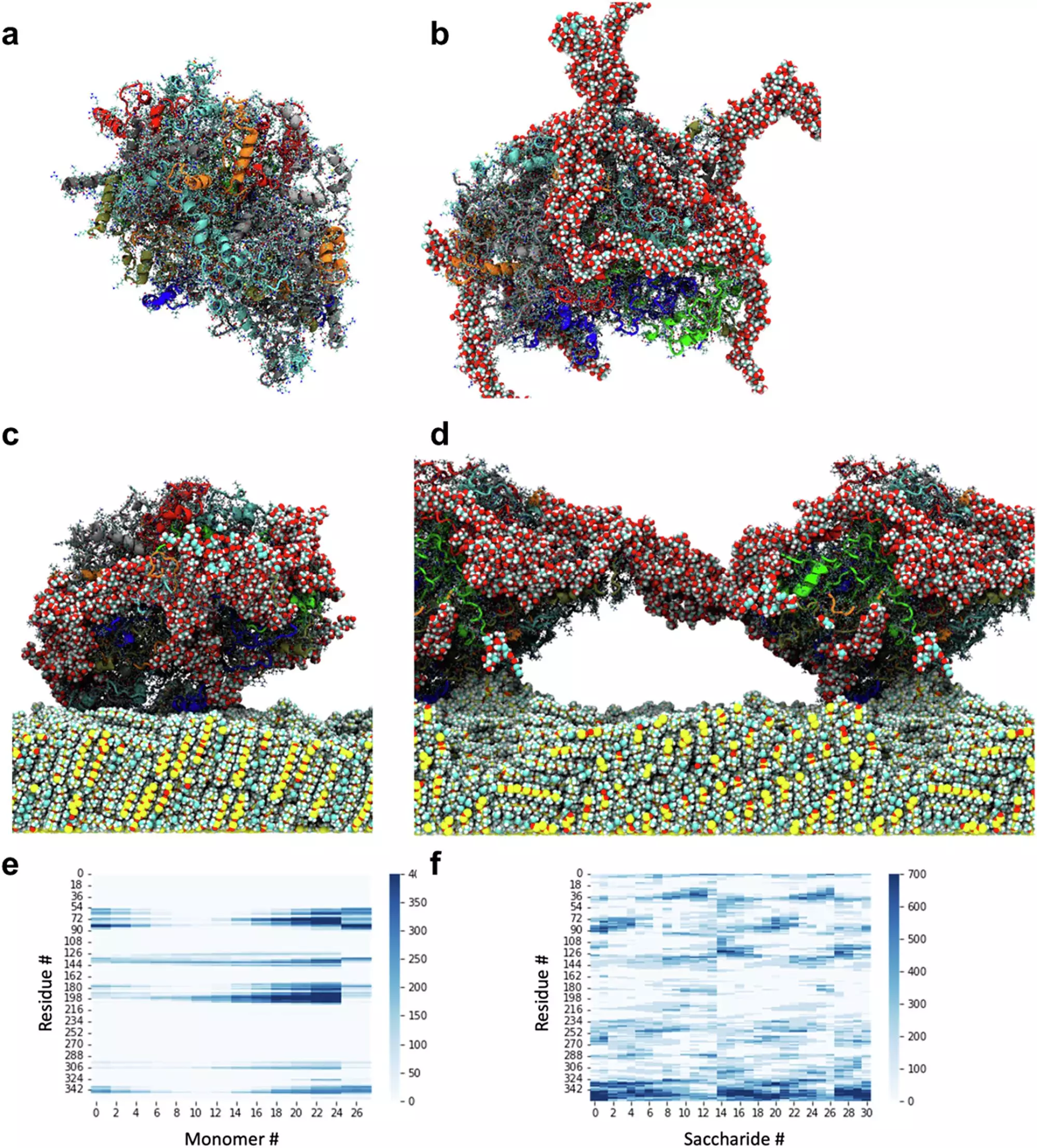The emergence of sustainable solutions in engineering and biomedical fields is paramount as industries increasingly seek eco-friendly alternatives to conventional materials. Recent research from the University of Leeds unveils a groundbreaking development: an oil-free super-lubricant derived from potato proteins. This study marks a significant advancement in materials science, showcasing how nature-inspired solutions can drastically reduce friction and enhance efficiency in various applications.
Super-lubricity refers to the phenomenon of nearly zero friction between surfaces, a characteristic that has profound implications for both engineering and biomedical applications. Traditionally, lubricants are composed of synthetic materials, which pose environmental concerns due to their production processes and waste. The novel approach taken by the researchers draws inspiration from biological systems—specifically, the synovial fluids present in human joints. These natural lubricants enable smooth articulation of cartilage, and by mimicking this biological function, the researchers have opened new avenues for environmentally friendly lubrication.
The University of Leeds’ interdisciplinary team worked closely with institutions including the Weizmann Institute of Science, King’s College London, and INRAE in France. This collaborative effort utilized potato protein as a raw material, sourced sustainably and characterized by a lower carbon footprint compared to synthetic lubricants. The result is a unique aqueous lubricant that combines plant-based proteins and biopolymeric hydrogels, showcasing an innovative self-assembly structure that provides enhanced lubricating properties.
Professor Anwesha Sarkar, who led the research, articulated the significance of this development by stating that it represents a paradigm shift in material engineering, specifically tailored for biomedical uses. The goal of creating a sustainable, plant-based lubricant aligns perfectly with current ecological needs and opens up numerous possibilities for practical applications in medicine and beyond.
Looking ahead, the plant protein-based lubricant holds promise for a variety of applications. In the biomedical field, it could serve as artificial synovial fluids, enhancing comfort and movement for patients with joint issues. Additionally, the lubricant’s properties may be harnessed in the formulation of low-fat food products that maintain the sensory attributes associated with higher fat content. For instance, food manufacturers could produce lower-calorie options without sacrificing taste or texture—creating healthier choices for consumers.
Moreover, this eco-friendly lubricant could redefine lubrication in machinery, contributing to sustainable engineering practices that rely less on fossil fuels and synthetic materials. The ongoing research raises critical questions about how industries can leverage these sustainable solutions to meet both performance and environmental standards.
The publication of this research is notable not only for its findings but also for its demonstration of successful international collaboration. Researchers have emphasized the importance of sharing expertise across disciplines and borders to achieve groundbreaking results. For example, Professor Jacob Klein highlighted the critical role that access to advanced facilities at the Weizmann Institute played in the research process, enabling precise measurements of surface forces and allowing for detailed analysis of the lubricant’s properties.
The integration of experimental and computational methodologies has been key to understanding the interactions between the assembled structures of proteins and hydrogels. As Professor Chris Lorenz from King’s College London noted, this research connects molecular dynamics with macroscopic properties, paving the way for designing lubricants that effectively harness the advantages of natural materials.
The development of an oil-free, plant-based super-lubricant is a promising step toward merging technological advancement with sustainability. By continuing to seek innovative solutions grounded in nature’s designs, researchers contribute to addressing the dual challenges of ecological sustainability and the demand for high-performance materials in engineering and biomedical applications. As we strive for greener alternatives in all aspects of life, such initiatives not only highlight the potential of interdisciplinary research but also inspire future innovations rooted in nature’s wisdom.


Leave a Reply